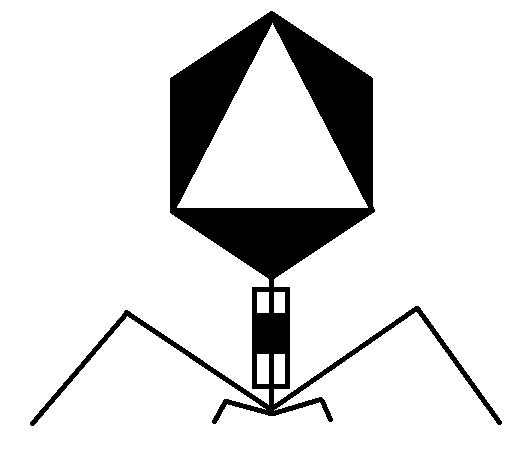PHG (Phage Geometry) is a minimalist programming language inspired by bacteriophages, designed specifically for geometric modeling and scene description. It deeply integrates algebraic operations with geometric expressions through a tree-based structure and custom overloading, enabling efficient description of simple shapes to complex 3D scenes.
- Node System: Everything is a node, supporting inheritance, property definition, and hierarchical nesting.
- Geometry-First Design: Built-in operations for vectors, transformations, and spatial relationships.
- Dynamic Calculation: Property values can be computed in real-time via expressions.
- Extension Mechanism: Supports host language integration and custom operation overloading.
// Define a node with properties
cube {
type: "cube";
size: 1, 2, 3;
pos: (time*2), 0, 0; // Dynamic property
color: #ff0000;
}
// Inheritance and extension
red_cube {cube} {
color: #00ff00;
}
// Sequence (ordered hierarchical structure)
<vertex1, vertex2, vertex3> = {vertex1{vertex2{vertex3}}}
// Array (unordered set)
[obj1, obj2, obj3] = {{obj1}{obj2}{obj3}}
// Mixed structure
complex_node {
children: <cube1{}, cube2{}, [sphere1{}, sphere2{}]>
}
// Conditional statement
?(condition) {
action1();
} : {
action2();
}
// Loop statement
@i=0; i<10; i++ {
create_node{i};
}
// Custom function
$calculate_volume(width, height, depth) {
$return width * height * depth;
}
// Function call
volume = calculate_volume(1, 2, 3);
// 3D node with position and lighting
point_light {
type: "light";
pos: 10, 5, 0;
rotation: 0, 45, 0;
intensity: 1.5;
}
// Transformation chain
transform_node {
translate: 5, 0, 0;
rotate: 0, 90, 0;
scale: 2, 2, 2;
child_node {} // Inherits all transformations
}
// Boolean union
union {
type: "union";
children: [cube1{}, sphere1{}]
}
// Boolean difference
difference {
type: "difference";
children: [cube1{}, sphere1{}]
}
// Parametric sphere with radius formula
parametric_sphere {
radius: 5 + sin(time*0.5);
segments: 32, 16;
material: "metal";
}
-
Kernel Layer:
- Basic syntax parser (variables, control flow, functions)
- Node syntax parser (tree structure traversal and query)
- Element operation layer (overloaded algebra and geometry functions)
-
Extension Mechanisms:
- Element Overloading: Derive from
var_tto customize operations (e.g., Boolean logic). - Resource ID Extension: Link custom resources (meshes, transforms) via unique IDs.
- Element Overloading: Derive from
- Code Integration: Embed as a module or class in host languages.
- DLL Interface: Cross-language calling for VB, C#, etc.
- HTTP Server: Serve geometry data via JSON for web/Unity clients.
PHG/
├── base/
│ ├── element.hpp # Element classes & operation overloading
│ ├── node.hpp # Node parser implementation
│ ├── phg.hpp # Core syntax parser
│ └── phg_head.hpp # Public headers
├── entity/
│ ├── entity.hpp # 3D entity definitions
│ ├── nodecalc.hpp # Node logic operations
│ └── sprite.hpp # 2D graphics interface
├── net/
│ ├── httplib.hpp # HTTP library
│ └── server.cc # HTTP server implementation
└── parsers/
├── jsonparser.hpp # JSON parser
├── xmlparser.hpp # XML parser
└── scene.hpp # Scene entry class
pip install phg_visfrom phg import vis
vis('{md:box 1 2 3 color:#ff0000}') # Render a red boxPHG balances simplicity with extensibility, making it ideal for rapid prototyping in CAD, game development, and generative design.
